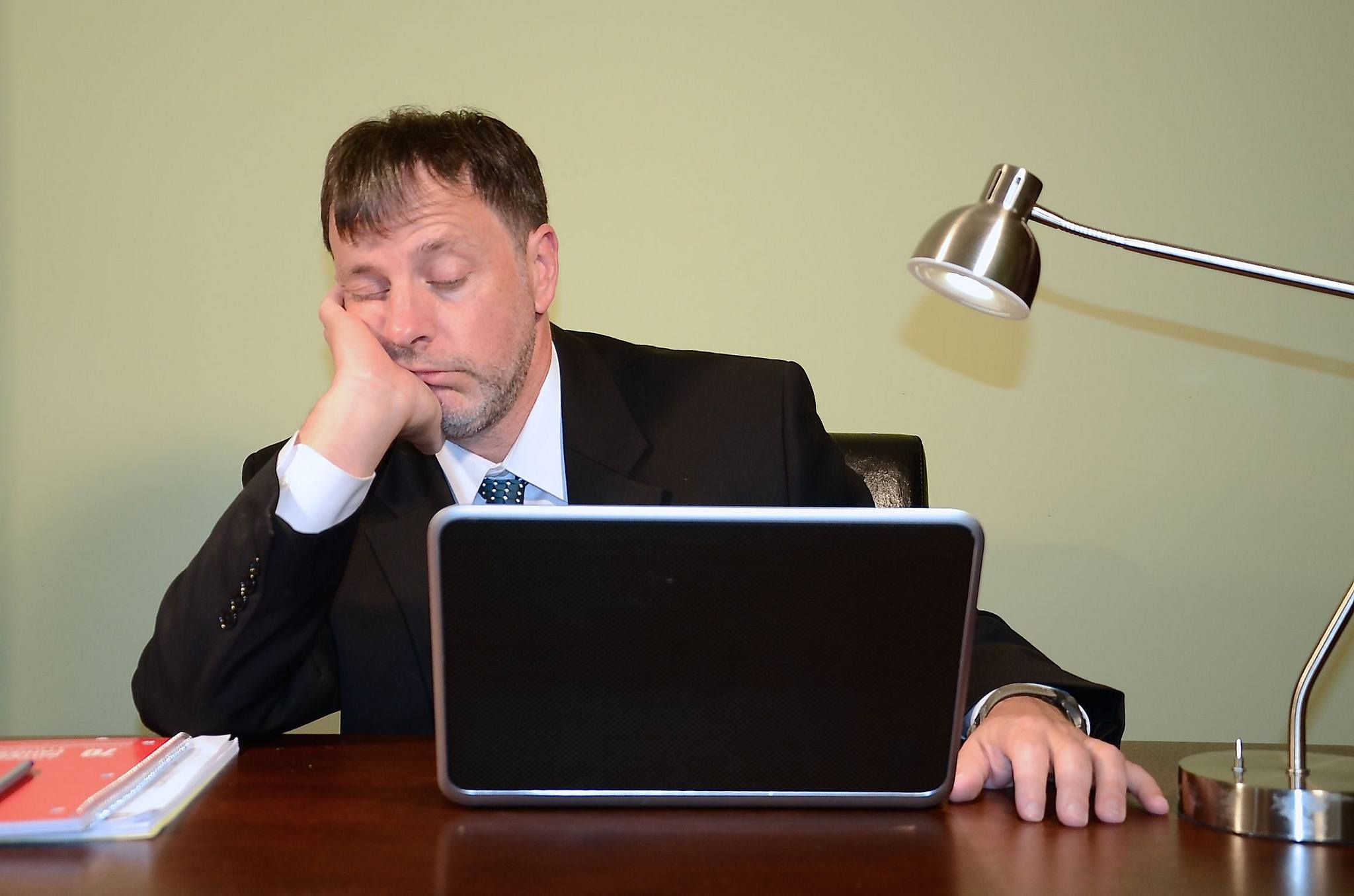

Privacy Notice: Newsletters may contain info about charities, online ads, and content funded by outside parties. But to do that requires permissions to trainers to be relaxed to adapt what is taught, and a collaborative approach with Ukrainian staff to course design. Instead, courses need to be adapted to best amplify existing Ukrainian strengths. Perhaps the biggest problem is that regulations have been rigid in requiring us to teach Ukrainians how we do business, without there being adequate time to actually deliver all the relevant modules.
#Focus to do software#
They have not been able to fly their UAVs (unmanned aerial vehicles) because of regulatory constraints, or use their own fire control software because it is not certified by Nato. Ukrainian troops have been clear that they have not been able to do this on western training areas. However, western forces have a mantra that you should ‘‘train as you fight’’. For this reason, collective training has been organised on European training grounds for some Ukrainian units. What cannot be easily done there – with Ukraine’s training grounds targets for Russian strikes – is unit training above the company. Individual soldiers can be trained in Ukraine. The upshot is that Ukrainian forces had around two months to master a panoply of western systems in varying states of repair, and to take new troops and try to prepare them for some of the hardest tactical tasks that can be demanded of a force.Īnother problem is that much of the training provided has been poorly designed. Months of delays gave Russian forces time to build their defences, significantly complicating the task for the Ukrainians. But despite the requirement being identified in September 2022, the decision to proceed was not taken until January 2023 and has only been partially implemented.

There was a shift to training Ukrainian units after the decision to give Ukraine western tanks and IFVs (infantry fighting vehicles). Collective and staff training have been slow to be set up, with Ukraine’s partners prioritising training individual Ukrainian soldiers. Engineering and tactical air defences have been less forthcoming. Of these, Ukraine’s partners have provided sufficient artillery and protected mobility. The priorities were: artillery, engineering capability, tactical air defence, protected mobility, and collective and staff training. What the Ukrainians would need in order to conduct successful offensive operations was clearly communicated to western capitals from July to September last year. Ukrainian troops have not had that luxury.Ī Ukrainian solider takes cover during a training session at a Ministry of Defence base in southern England. If ever they have to do it for real, they will have had repeated opportunities to learn and improve. Moreover, the US troops I was observing may have performed poorly, but they did so in training. The fact that well-trained US troops struggle to conduct combined-arms obstacle breaching under more favourable circumstances underscores how difficult it is. Their reconnaissance troops failed to screen their vehicles, they went static in sight of the enemy and they were severely punished. Nevertheless, the US troops made a mess of things. The obstacles were less formidable than those in Ukraine, and the enemy in the exercise comprised a single company backed by limited artillery. Although western support has enabled Ukraine to gain serious advantages over Russian forces, it is also important for Ukraine’s international partners to appreciate what they got wrong over the past few months and to correct these mistakes.Ī couple of months before Russia’s full-scale invasion of Ukraine, I was lying on a hilltop watching a US mechanised battalion thundering down a valley, tasked with breaching a set of obstacles. The US decision to provide cluster munitions will extend the duration of Ukraine’s artillery advantage. The Ukrainians also have longer-ranged, more accurate, and more plentiful heavy howitzers, limiting Russian counter-battery fire. The impact of a narrow margin for troop rotations, however, will take weeks to be felt at the front. When one removes support troops and those necessary for holding the flanks, this leaves them thin on reserves. With up to 50,000 troops on the southern front, they have around 25% of their forces committed to the fighting positions at any one time. The Russians are also facing difficulties.


 0 kommentar(er)
0 kommentar(er)
